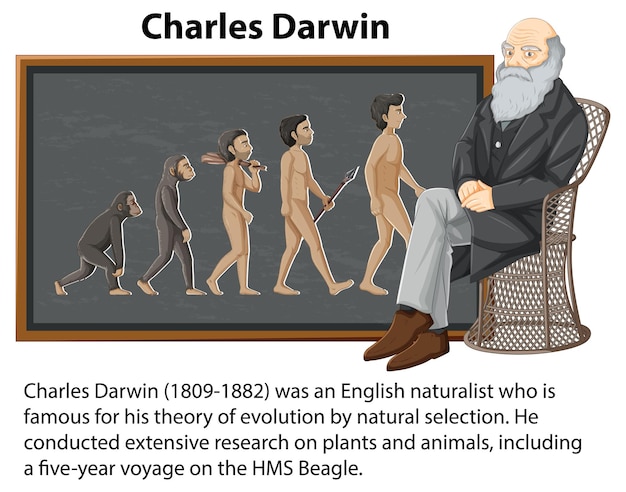Leonardo da Vinci – Fascinating Facts and Unexplored Wonders

Leonardo da Vinci was not only a great artist but also an inventor, scientist, and engineer.
He was born in Vinci, Italy, on April 15, 1452.
Leonardo da Vinci’s most famous artwork is the Mona Lisa, which is housed in the Louvre Museum in Paris.
He was known for his incredible ability to capture the details of the human body in his artwork.
Leonardo da Vinci developed a fascination with flight, and he designed and built many prototypes for flying machines.
He created detailed sketches of helicopters and parachutes long before these inventions became a reality.
Leonardo da Vinci was also known for his elaborate anatomical drawings, which showcased his interest in understanding the human body.
He was a vegetarian and had great respect for all living creatures.
Leonardo da Vinci was left-handed, and he wrote in mirror image, making it difficult for others to read his notes.
He was a polymath, meaning he was highly skilled in various fields of study.
Leonardo da Vinci wrote backward to protect his ideas and inventions from being stolen.
He wrote extensively in his notebooks, with over 13,000 pages of his thoughts and observations preserved.
Leonardo da Vinci’s famous quote Simplicity is the ultimate sophistication is still widely used today.
He was an advocate for the importance of observation and believed it to be the key to knowledge.
Leonardo da Vinci’s Last Supper is one of the most well-known religious paintings of all time.
Leonardo da Vinci – Fascinating Facts and Unexplored Wonders part 2
He had an unparalleled eye for detail, which is evident in his intricate paintings.
Leonardo da Vinci was appointed as the court artist by the Duke of Milan, Ludovico Sforza.
He was given the title The Renaissance Man due to his proficiency in multiple areas.
Leonardo da Vinci painted the ceiling of the Sistine Chapel before Michelangelo.
He had a deep fascination with water and its movement, evident in his many water-related drawings and inventions.
Leonardo da Vinci was one of the first people to study the flight patterns of birds and apply it to his flying machine designs.
He often used subtle shading techniques, known as sfumato, to create the illusion of depth in his paintings.
Leonardo da Vinci designed intricate mechanical devices, including a robot and an automated lion.
He was a master of using perspective in his artworks, creating a sense of depth and realism.
Leonardo da Vinci’s innovative ideas and inventions were often far ahead of his time.
He made groundbreaking discoveries in the fields of anatomy, optics, and geology.
Leonardo da Vinci’s notebooks contain detailed studies of human anatomy, with drawings of muscles, bones, and organs.
He believed that art and science were interconnected and that studying one would enhance the understanding of the other.
Leonardo da Vinci was fascinated by the concept of time and experimented with various methods of measuring it accurately.
He was known to be a perfectionist and would spend years working on a single painting.
Leonardo da Vinci developed a technique called sfumato, which involved subtly blending colors and tones to create soft transitions and realism.
He dissected more than 30 human cadavers to better understand the human body’s anatomy.
Leonardo da Vinci’s The Vitruvian Man is one of the most famous studies of human proportions.
He was fascinated by the movement of water and conducted extensive studies of water flow and currents.
Leonardo da Vinci created numerous sketches and designs for weapons and war machines.
He designed the first armored tank, a predecessor to modern tanks, called the Leonardo’s tank.
Leonardo da Vinci’s knowledge of hydraulics allowed him to design intricate water systems for cities.
He had an extraordinary sense of vision, often incorporating optical illusions and hidden details in his artwork.
Leonardo da Vinci’s extensive observations of nature influenced his artistic style and understanding of light and shadow.
He was a mentor to many aspiring artists and shared his knowledge freely with others.
Leonardo da Vinci’s painting The Last Supper is one of the most reproduced works of art in history.
He contributed to the field of paleontology by studying and documenting numerous animal fossils.
Leonardo da Vinci’s interest in flight led him to develop designs for gliders and ornithopters, machines that imitate bird flight.
He believed that mathematics and geometry were fundamental to understanding and interpreting the world.
Leonardo da Vinci’s influence on art, science, and engineering is still felt today, making him one of the most important figures in history.

